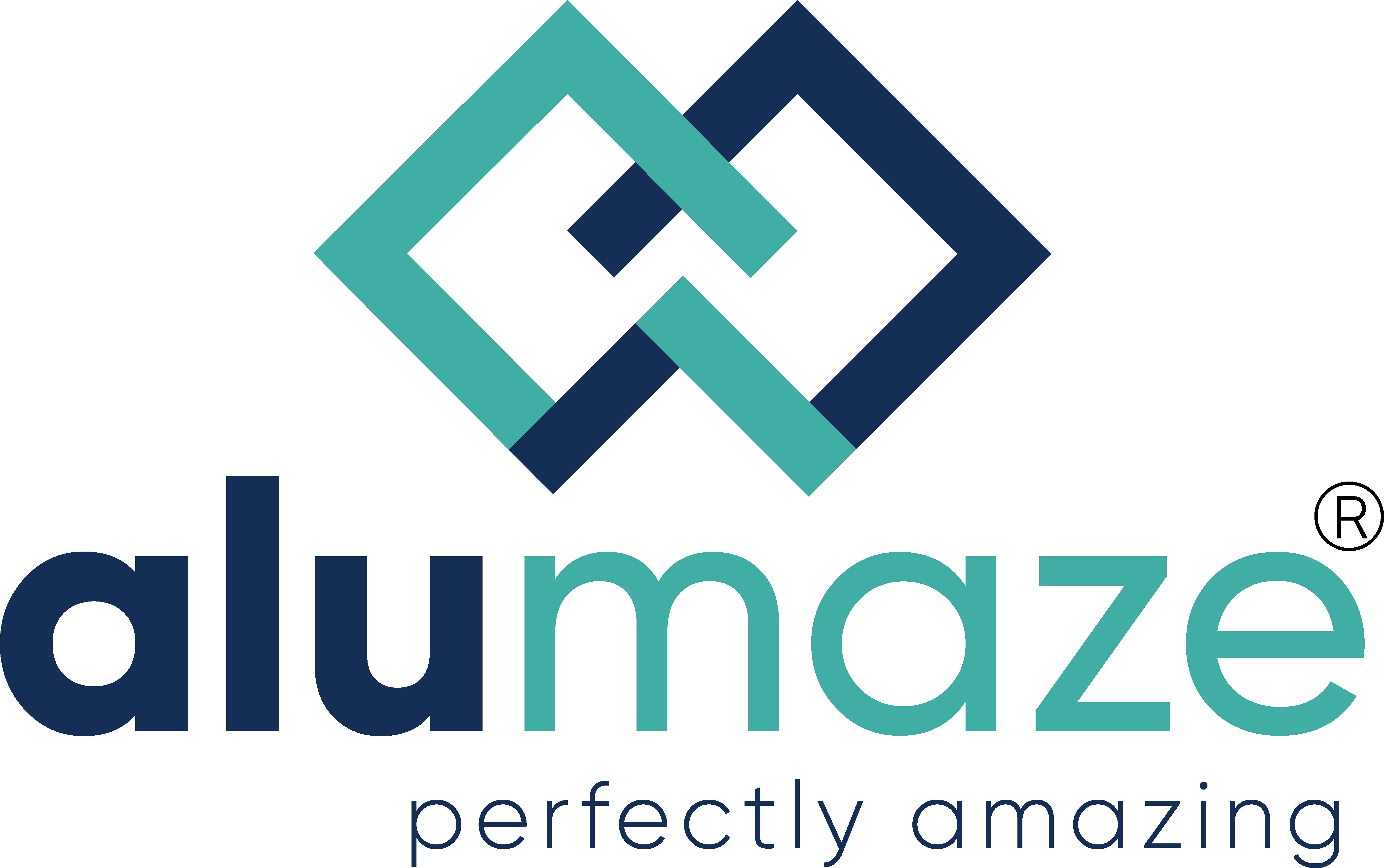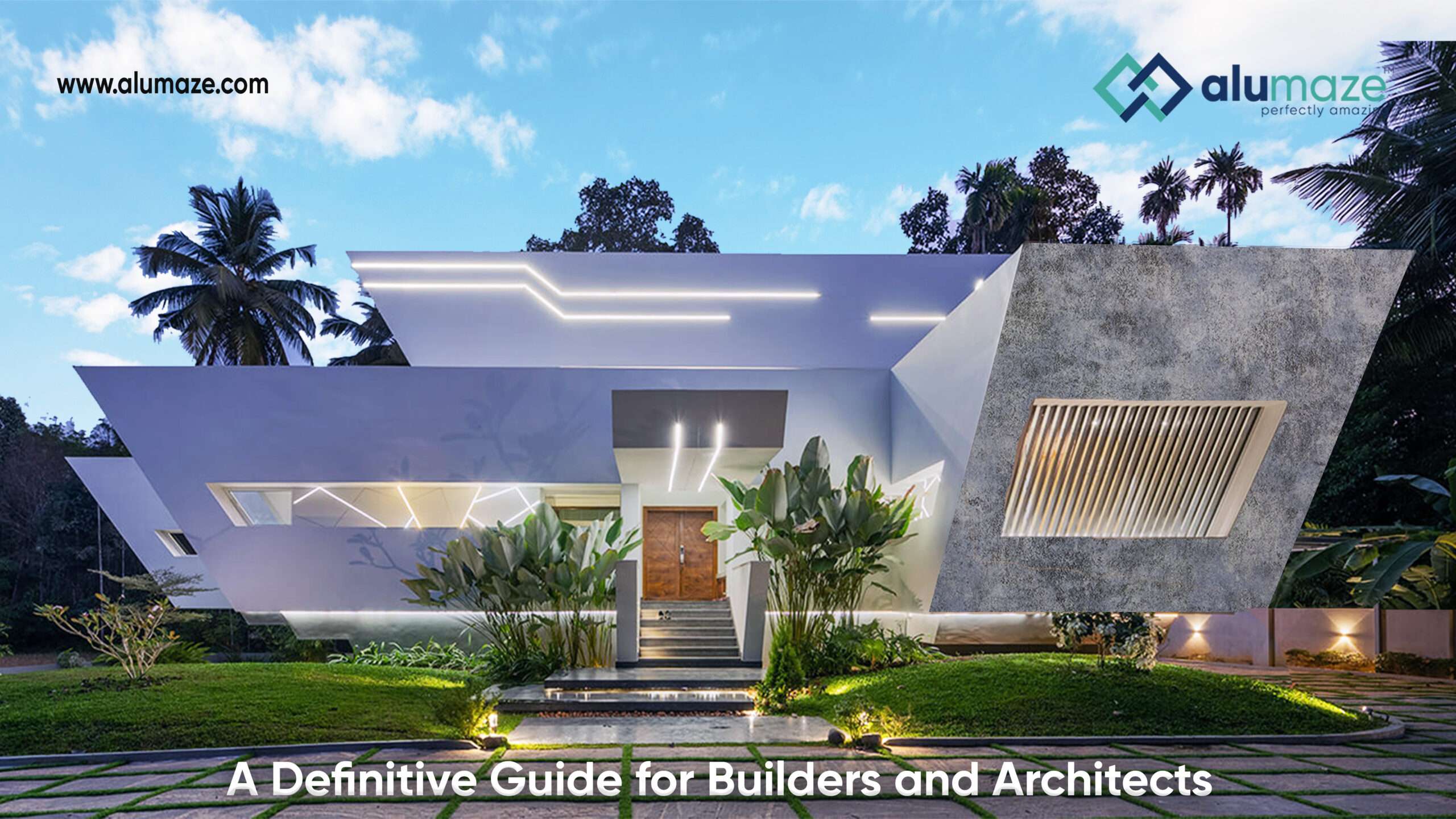When it comes to commercial building design, the facade plays a crucial role in both style and functionality. With the right exterior facade design, builders and architects can elevate a building’s overall aesthetic, make it stand out amongst the crowd, and improve its performance. As a key element in modern architecture, the facade is constantly evolving, with new materials and techniques being introduced to the market. One such material is aluminium composite panels (ACP), which have become a popular choice for commercial building elevation.
So, what exactly are aluminium composite panels? ACPs are made up of an aluminium sheet sandwiched between two layers of non-aluminium materials, typically a polyethylene (PE) core. This construction gives ACPs a high strength-to-weight ratio, making them an excellent choice for exterior cladding. Additionally, ACPs are available in a wide range of colours, finishes, and textures, making them a versatile option for facade design.
One of the significant advantages of using ACPs for exterior facade design is their durability. Unlike other materials like wood or stucco, ACPs are resistant to weather elements like rain, wind, and UV rays. This makes them ideal for buildings in any climate, ensuring that the facade stays looking new and pristine for years to come. Furthermore, ACPs are also fire-resistant, making them a safe choice for commercial buildings.
Another crucial factor to consider in modern facade design is energy efficiency. ACPs have excellent thermal insulation properties, which help reduce heat transfer from the exterior to the interior of the building. As a result, buildings using ACPs for their facades can minimize heat gain during summers and retain heat during winters, leading to energy savings and optimum comfort for occupants.
Apart from their functional benefits, ACPs also offer endless design possibilities for builders and architects. With their wide range of colours, finishes, and textures, ACPs can be customized to complement any building’s style and aesthetics. From sleek and modern designs to more traditional and rustic appearances, ACPs can be tailored to fit any architectural vision. Additionally, ACPs can also be easily cut, shaped, and curved, allowing architects to explore their creativity and come up with unique and innovative designs.
In addition to ACPs, other materials like aluminium cladding sheets are also popular choices for exterior facade design. Aluminium cladding sheets offer many similar benefits to ACPs, such as durability, energy efficiency, and design versatility. However, they differ in terms of their installation process, with aluminium cladding sheets requiring a structural frame, while ACPs can be directly attached to the wall.
Conclusion
Modern facade design is an essential aspect of commercial building construction, combining both style and functionality. With materials like aluminium composite panels and aluminium cladding sheets, builders and architects now have more options than ever to enhance a building’s exterior. So, if you’re a builder or architect looking to elevate your next project’s facade design, consider incorporating ACPs or aluminium cladding sheets into your plans.


